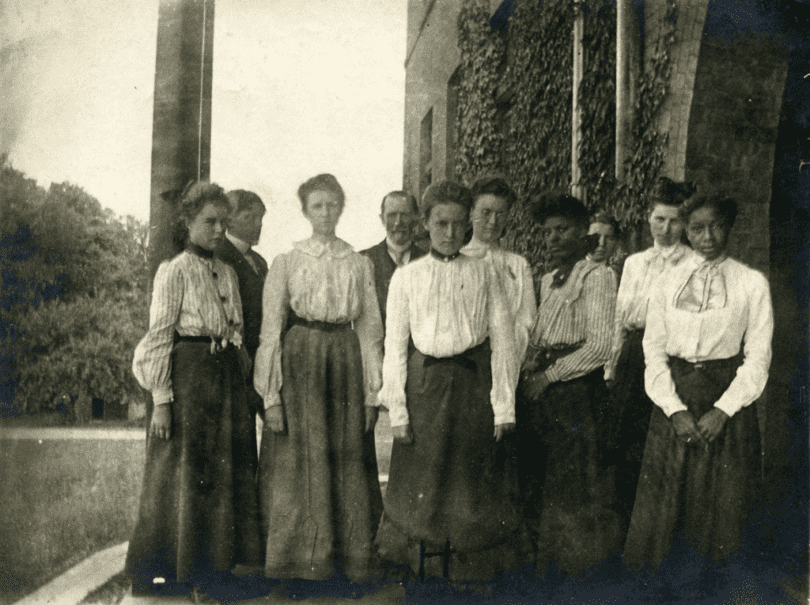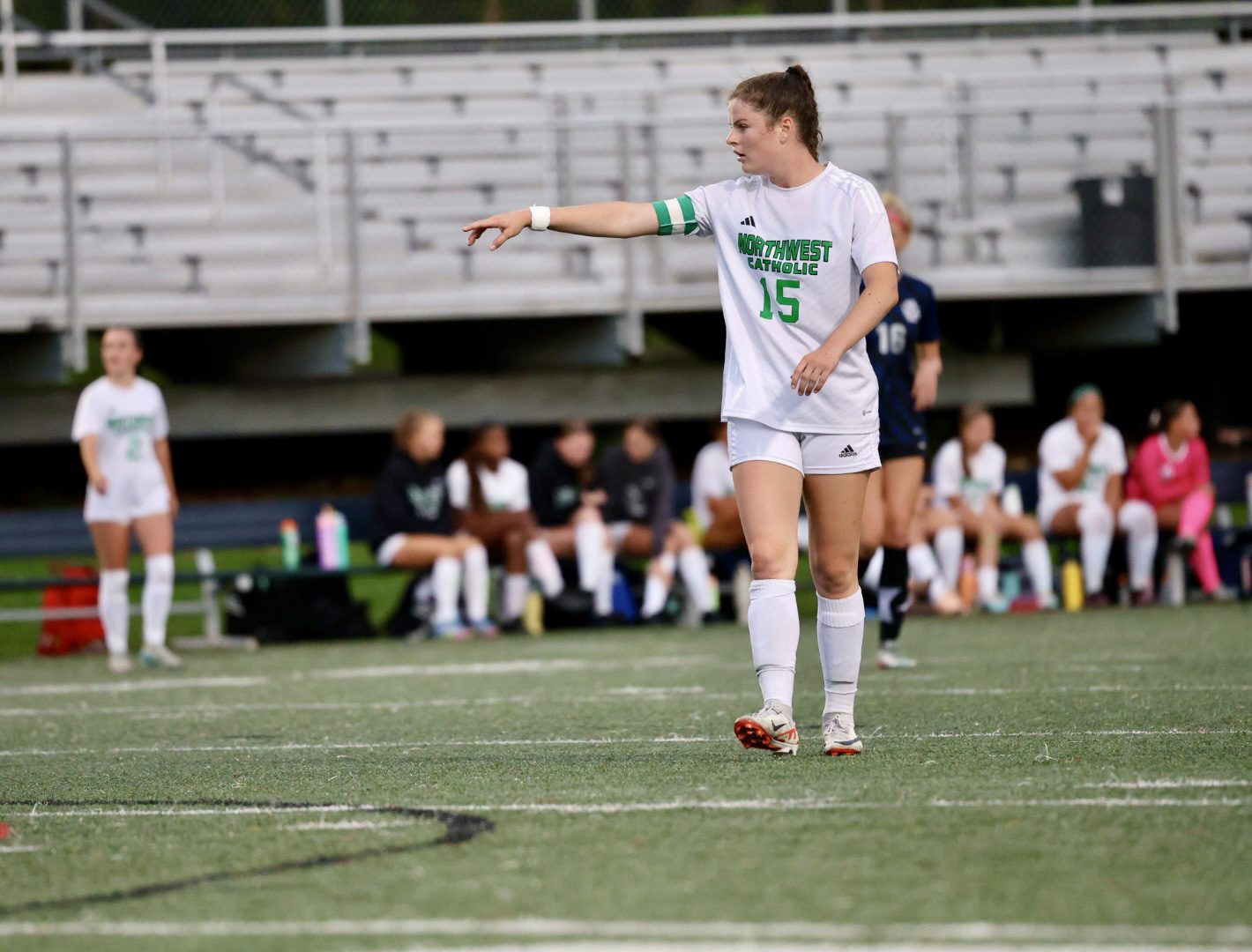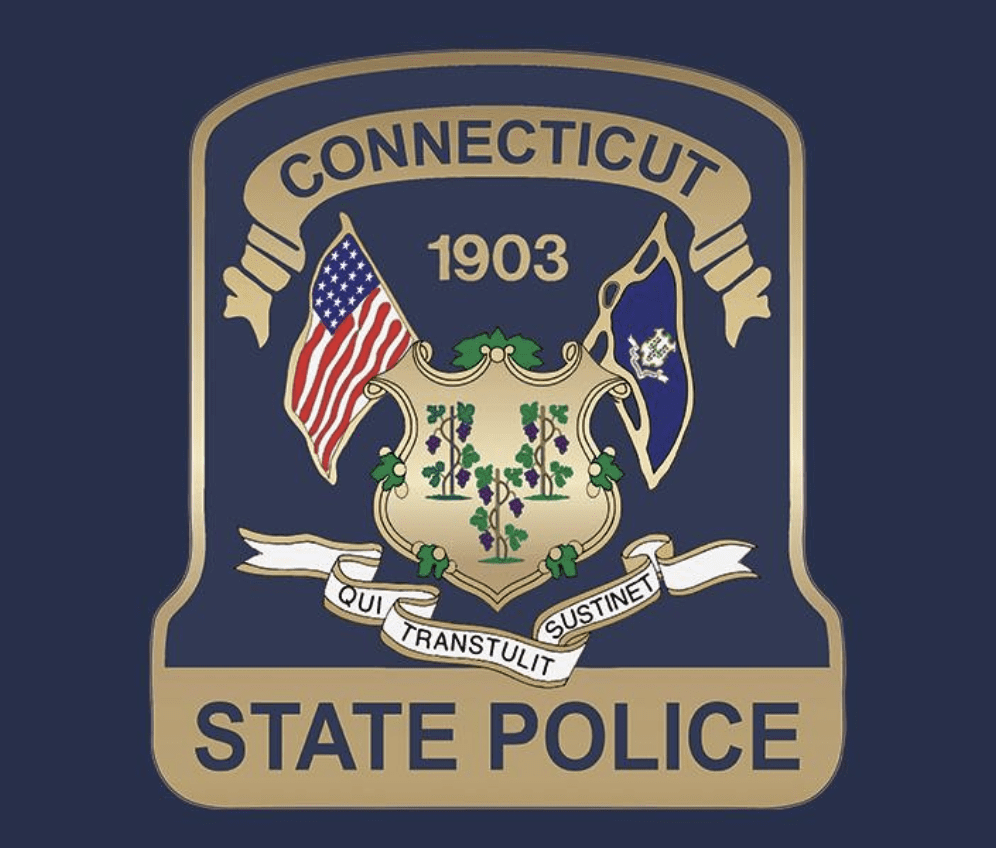From the West Hartford Archives: Unidentified Photograph and its Greater Importance

Audio By Carbonatix

This photo, from the archives of the Noah Webster House & West Hartford Historical Society, remains unidentified
Historian Jeff Murray takes a look into West Hartford’s past to uncover some surprising information, stir up some memories, or reflect on how much life has changed – or hasn’t changed at all. Enjoy this week’s ‘From West Hartford’s Archives’ …
By Jeff Murray
This is a photograph in the archives of the Noah Webster House & West Hartford Historical Society with nothing on it. This remains unidentified. It may not even be in West Hartford. Despite its lack of information though, there may still be some great lessons to draw from this.
First, it demonstrates something very important: there is still so much in the historical archives that we don’t know. We do not have everything figured out. We have unsolved mysteries, cold cases, and no consensus on plenty of events. An unidentified photograph is just an image and without an identifying information, getting more from it is forever left to the super sleuths and lucky. In many cases, we will just never know.
The building at the far right looks to be a carriage house, with the larger windows on the upper level indicating it might have a hayloft. The clothing style might also be able to tell us something about the time period. There is only so much we can get from this though.
At one point, this image would have spoken for itself by those who owned it. When properly documented, it becomes a vivid historical record and perhaps the only image of a location we’ll ever have from a particular time period (or any at all). It is a reminder that proper documentation is so crucial for the future generations that don’t have the same insight that we have now. With the extra work that we do in the present to document the people and locations of photographs, we are lending a helping hand to the people ahead of us who will certainly thank us for it.
It also highlights the upcoming role that technology will play in local history, even more than today. Integrated digital archives can help us combine the photos and data we have about known locations and provide us with some clues for identifying unknown photos.
We can’t overstate the role that artificial intelligence may play one day in helping us here (or hurting us, depending on who you ask). AI can analyze patterns, such as clothing styles, architectural features, and faces. They can push us in the right direction with a subtle lead or yield a tremendous breakthrough.
Online resources have an immense wealth of information, but they are separated and there is almost never coordination between platforms. How can we best ensure that future generations are getting the most information about something in the most efficient way without compromising accuracy and privacy? The newly-renovated History Center at the Noah Webster House, which is much more conducive to research off the street, will perhaps help us figure that out going forward.
I think the most important lesson to draw from this unknown photograph though is that local history is, in fact, a two-way street. This photo comes from the archives of our local historical society, but it originally came from someone outside the organization who donated it. The people in our community are essential in sharing photos, personal artifacts, and historical family information that we would have no way of obtaining otherwise.
There is no such thing as “not important enough” for local history. It is not necessary to parrot the same stories again (nor is it preferable when there are tens of thousands of unique stories that remain untold). People who just moved here 10 years ago will be as important to our history in a half century as the ancestors of old established families are today. Local residents are the beating heart of all of the information in the archives and they have unique knowledge or personal memories that would be lost to time if not recorded.
Collaboration is not just helpful; it is essential in fostering an awareness of everything that brought us to the current day as well as a distinct pride in our history, especially at a time when our sense of community feels severely eroded.
One of the great examples of local history collaboration happened just this past month. Readers may remember the Class of 1903 high school photograph I shared in June. This article was actually inspired by an email I received about a week prior by Jesse Nasta, a professor in the African American Studies Department at Wesleyan University. He was researching the Pine family of West Hartford and got in touch with Sheila Daley, curator at the Noah Webster House & West Hartford Historical Society, who looped me in for more information.
I could not alone identify which girl in the photograph was Albacinda Pine or Harriet Rose, but with Jesse’s help, he used an online obituary I found of Harriet’s granddaughter from last year to get in touch with her great-granddaughter in Maryland. She was able to confirm just recently which one was Harriet (and by extension Albacinda), solving a mystery that may have gone unsolved if left untouched. She was also gracious enough to share a photo of Harriet many decades later, bringing to life the photo from the Class of 1903 in a way that I never would have predicted. I can only hope to identify everyone else in the photo in the future.

West Hartford High School Class of 1903 – newly identified Harriet M. Rose can be seen fourth from right while Albacinda Pine is on the far right. Photo courtesy of Noah Webster House & West Hartford Historical Society
It is of course frustrating to have unidentified locations and people in historical photographs, but having to deal with them teaches us a lot – properly documenting photos and artifacts with detailed information will serve future generations, and bringing as many of our residents into the fight to fill the gaps in our knowledge is extremely powerful.
Involving everyone who is willing to share information and crowdsource, especially in the age of social media, brings unique and diverse approaches to where this town came from. It enriches our understanding of history and elevates how important we all are here, no matter how small. By looking at the past, you too can play a role in our future.
Jeff Murray was born and raised in West Hartford and has been involved with the Noah Webster House & West Hartford Historical Society since 2011 when he was a high school student and won the Meyer Prize for his essay on local history. Jeff routinely volunteers as local history researcher uncovering information for numerous museum programs such as the West Hartford House Tour and West Hartford Hauntings. Jeff works as a data analyst at Pratt & Whitney.
Like what you see here? Click here to subscribe to We-Ha’s newsletter so you’ll always be in the know about what’s happening in West Hartford! Click the blue button below to become a supporter of We-Ha.com and our efforts to continue producing quality journalism.




Hi Jeff, there was a very similar home home on North Main St (East side between the two Loomis Dr intersections). I’m not sure if this is it or not, but it was a similar Italianate style. I believe it was torn down to make way for The Mews complex.